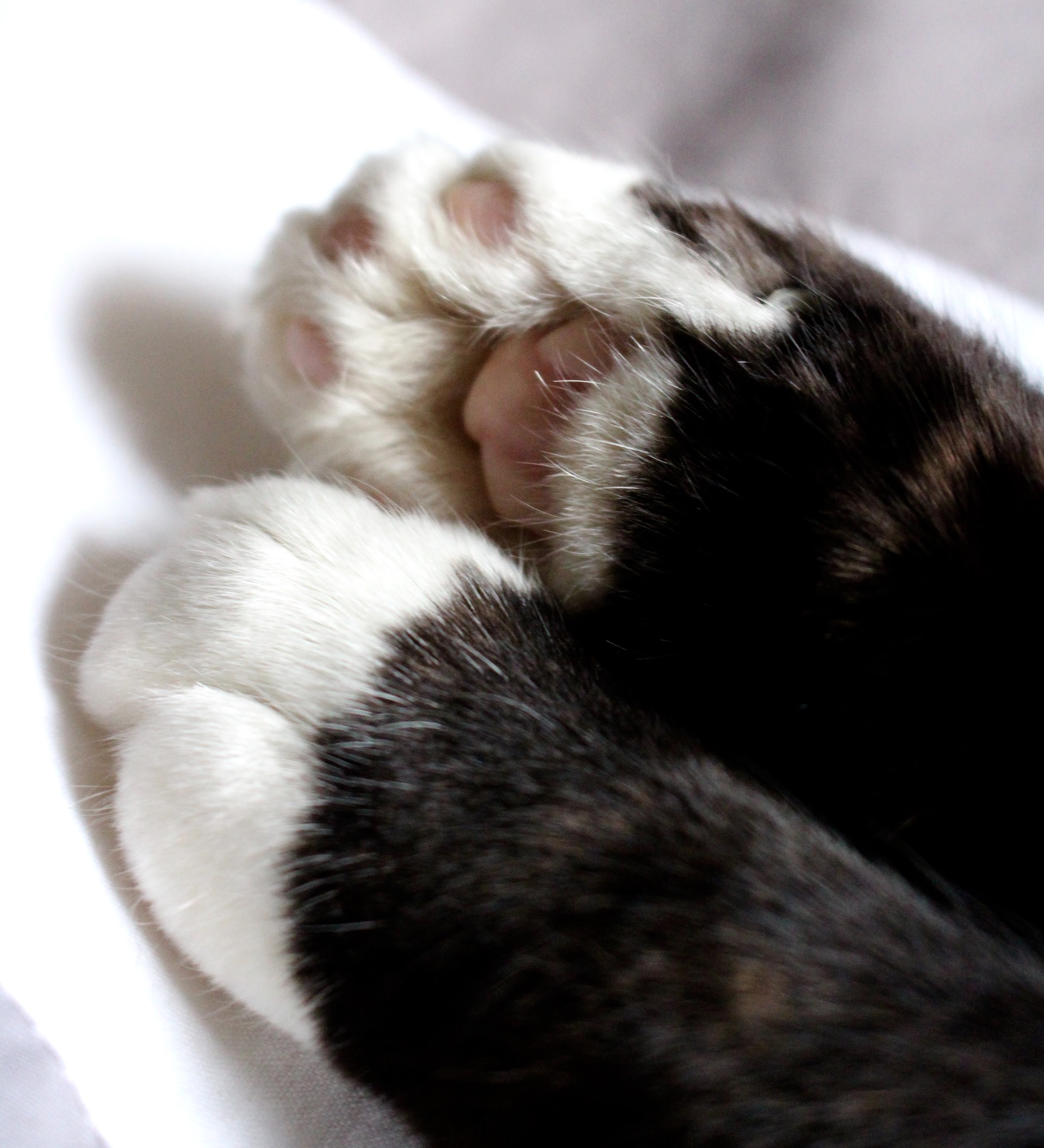Declawing cats is a practice that has been done for quite some time. As kitties earned traction as house pets and more started staying indoors, people started to want to keep the claws to a minimum. The first mention of performing declaw surgery in cats was noted in the literature in 1952.
As time goes on, though, we are starting to learn more about how declaw surgery affects our feline patients. The evidence is mounting that this procedure is just not in anyone’s best interest. The practice of declawing cats is one that is falling out of favor. In fact, in many locations it has become illegal.
Declaw Surgery in Cats
Many pet parents don’t even fully understand what a declaw surgery is. A good grasp on the procedure is helpful in understanding how it is harmful.
Declawing, also called an onychectomy, is the surgical amputation of the patient’s last digit in order to remove the clawed portion of the foot. During surgery, each toe is amputated at the last joint. It is the literal equivalent of having each of your fingers cut off at the joint above your nail.
Some veterinarians alternatively perform a tendonectomy. In this procedure the surgeon cuts the tendons of each toe to prevent the cat from extending their claws. While this is a slightly different approach, it also carries negative implications for our feline friends.
Declawing is Bad for Cats and Bad for People
At first glance, it may be difficult to understand why declawing is not a good choice. No one likes to be scratched by their pet and couches can be expensive.
As we learn more, though, it becomes more and more evident that declawing cats does not benefit them or their people.
Consider that:
- Declawed cats cannot defend themselves as well.
- Declawing changes the mechanics of the paw, altering the cat’s gait and often resulting in chronic pain.
- Declawing results in pain in the toes that can affect using the litter box.
- Declawed cats may have trouble walking or jumping.
- Cats who cannot defend themselves with their claws can be more prone to biting which is equally or more dangerous to the young, elderly, and immunocompromised.
- Declawed cats are more likely to develop osteoarthritis.
Cats who have been declawed are statistically more likely to have chronic pain and behavioral issues. These include increased aggression and/or not using the litter box. Declawed cats are often surrendered to shelters for behavioral concerns. In addition, the CDC does not recommend declawing as an effective means to protect humans from disease transmission.
No one really wins when we declaw our kitties.
Fixing the Damage
We are all humans and still learning about how actions like declawing can impact our pets. Almost no one sets out with the intent to cause harm, but now that we know better, we need to do better.
Setting our cats up for success by providing appropriate claw care and scratching surfaces in the home can nearly eliminate the drive to declaw.
If your cat is declawed, it is not too late to try to help! Many changes from declawing are irreversible, but sometimes we can help improve the situation by removing left-behind bone fragments, scar tissue, and tendon adhesions caused by removing the joint.
Paw repair surgery cannot totally fix everything that has been damaged, but it can help affected kitties live a more comfortable existence. Improving functionality and removing painful remnants can make a big impact.
If you have a declawed cat who you think may benefit from a paw evaluation, Dr. Frank is happy to examine them. A physical evaluation and X-rays of the affected paws are evaluated for bone fragments and other changes. Please contact us to make an evaluation appointment or for any other questions you might have. Helping animals and their people is our favorite thing to do at Northside Paws Veterinary Care!




